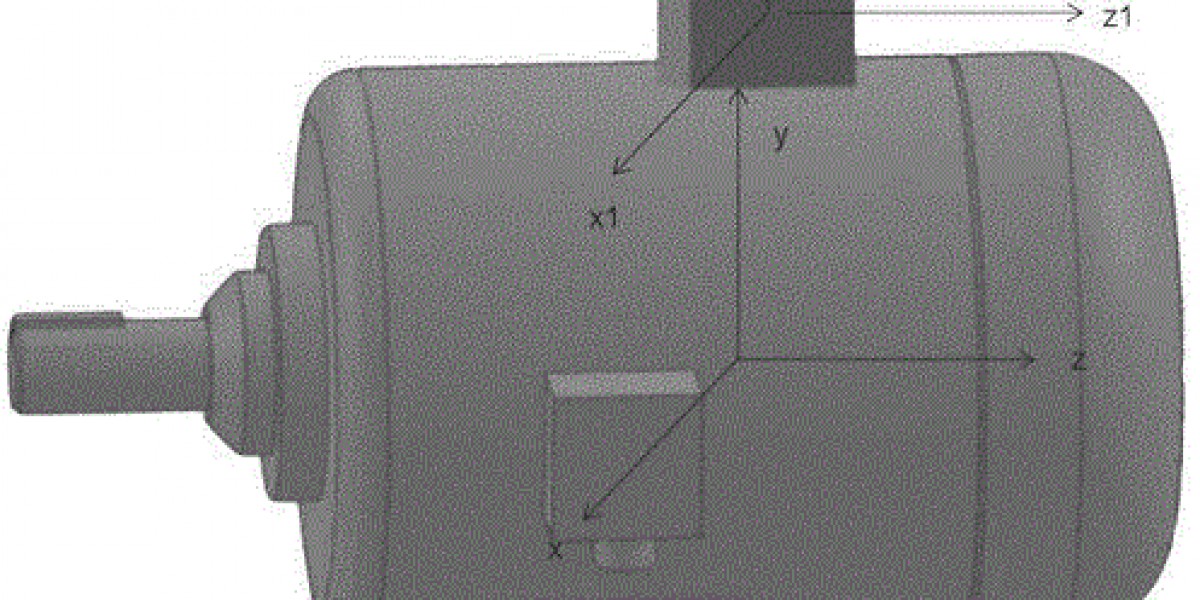Vibration sensors have vibration displacement, vibration velocity and vibration acceleration sensors. Simply put, vibration displacement sensors (commonly used eddy current sensors) are based on the relationship between changes in vibration displacement and changes in output voltage, vibration velocity sensors are based on changes in voltage generated by relative motion cutting through magnetic lines of force, and vibration acceleration sensors are based on the relationship between deformation and charge.
The velocity sensor can get the displacement by hardware or software integration, and the acceleration sensor can get the vibration velocity by primary integration and the vibration displacement by secondary integration. Because acceleration needs to be measured, a vibration acceleration sensor is necessary.
Measurement of Displacement: If it is a non-contact measurement of the change in clearance, a vibration displacement sensor (eddy current sensor) must be used; if it is a contact measurement, an acceleration sensor can be used to get it by integrating it twice, or a velocity sensor can be used to get it by integrating it once, depending on the object to be measured, and the exact way to be used. In general, if gears or rolling bearings are included, use an acceleration sensor, otherwise use a speed sensor.
Vibration is one of the most common phenomena in nature. It is present in everything from the universe to atomic particles. Vibration is ubiquitous in engineering and technology, but in many cases, it is harmful. Vibration reduces machining accuracy and finish and increases wear on structural components. In vehicles and aerospace, vibration of bodies and structural components not only affects driver operation, but can also lead to fracture and disintegration of bodies and structural components.
Vibration sensors are used to detect shock or acceleration sensors. It usually uses a piezoelectric device that produces an electrical charge under pressure. Vibration sensors can be used for long-term monitoring of rotor and chassis vibration and displacement, thermal expansion. It can be used for on-line automatic detection and control of production lines, as well as the measurement of various minute distances and movements in scientific research. Vibration sensors are widely used in energy, chemical industry, medicine, automobile, metallurgy, machinery manufacturing, military industry, scientific research and teaching and many other fields.
Vibration sensors measure vibration in a variety of ways, but to summarize, the main use of the following three principles:.
1.Mechanical Measurement:Engineering vibration is converted into a mechanical signal, which is then amplified by a mechanical system, and then measured and recorded. Commonly used instruments are lever vibrometer and Geiger vibrometer. This method of measurement frequency and accuracy is relatively low, but the operation is very convenient.
2.Optical Measurement: Changes in engineering vibration are converted into light signals, which are amplified by an optical system and then displayed for recording. Laser vibrometer and other things also use this method.
3. Electrical Measurement:Changes in engineering vibration are converted into electrical signals, which are amplified, displayed and recorded. It first converts mechanical vibration into electricity and then measures it. According to the correspondence, we can know the size of the vibration. This is the most widely used vibration measurement method.
From the above three measurement methods, we can see that they are completed by three steps, which are vibration sensor, a signal amplification circuit, and display and record.







